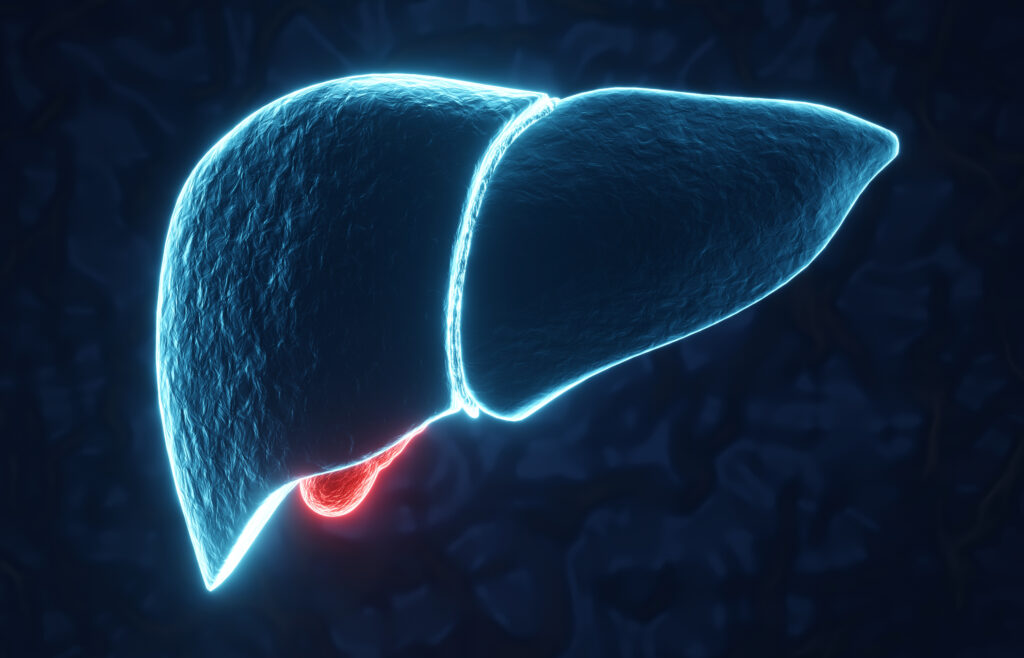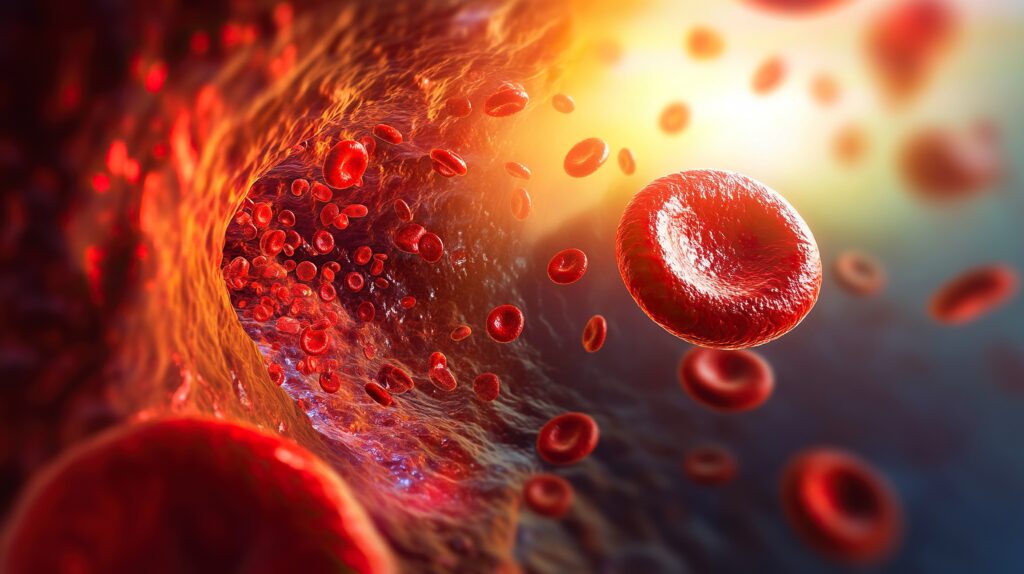Search Results
Showing Results for macrovascular complication

Article highlights There is growing clinical importance attributed to the development of metabolic dysfunction-associated steatotic liver disease in people with type 2 diabetes (T2D). Numerous international groups now advocate screening for advanced fibrosis in people with risk factors, such as ...

Very few trials in the history of medical science have altered the treatment landscape as profoundly as the UK Prospective Diabetes Study (UKPDS). Even 44 years after its inception, the trial and post-study follow-up findings continue to fascinate and enlighten the ...

touchENDOCRINOLOGY was delighted to speak with Editorial Board member Dr Deep Dutta, a senior endocrinologist at the CEDAR Superspecialty Clinics, New Delhi, India. Throughout this interview, he summarizes the key messages from his late-breaking abstract session ‘Ailing Heart, Broken Vessels’, presented at the 60th European Association for the Study of Diabetes (EASD) annual meeting in Madrid, Spain.

Gestational diabetes mellitus (GDM) is generally defined as “any degree of glucose tolerance with onset or first recognition during pregnancy”.1 It currently is one of the diseases with the highest morbidity among pregnant women.2 Determining its prevalence has been a ...

Highlights Enhanced external counterpulsation (EECP) is evaluated for glycaemic control in type 2 diabetes. Glycated haemoglobin reduction immediately after EECP therapy conclusion, after 2–4 weeks and after 7–12 weeks was -0.70%, 1.04% and 0.98%, respectively. EECP is associated with a significant lowering of blood pressure. ...

Diabetes mellitus (DM) is a group of metabolic disorders marked by elevated blood glucose. It has many subtypes, including type 1 diabetes mellitus (T1DM), type 2 diabetes mellitus (T2DM), gestational diabetes and neonatal diabetes; of these, T1DM and T2...

The incidence of diabetes has increased in recent years, and advances in technology have allowed for multiple ways to predict the outcomes of patients with diabetes, and have improved quality of life and lowered morbidity and mortality.1 For decades, glycated ...

The incidence of youth-onset type 2 diabetes (T2D) is increasing.1,2 Growing evidence has demonstrated that youth-onset T2D is rapidly progressive, with earlier onset of life-limiting complications compared with adult-onset T2D.3,4 Initiation of effective treatment that can restore beta ...

Type 2 diabetes (T2DM) is a disease with a complex aetiopathogenesis that leads to a wide variety of metabolic disorders. This includes, by definition, high plasma glucose levels, but also elevated blood pressure, dyslipidaemia, cardiorenal complications and strokes. All of ...

Diabetic foot ulcers are one of the major complications in patients with diabetes mellitus (DM). In one study, the global prevalence of diabetic foot ulcers was 6.3%, and the prevalence of diabetic foot ulcers differed between North America (13.0%) and Europe (5.1%).1 Besides ...

The American Diabetes Association (ADA) and the European Association for the Study of Diabetes (EASD) consensus statement 2022 is a valuable addition that will help streamline type 2 diabetes mellitus management.1 The focus on individualized and person-centric care in the statement is ...

Article highlights Epigenetics refers to the heritable changes in DNA expression without changes in the genetic code. Epigenetic changes are brought about by post-translational modifications of histone proteins, covalent modifications of DNA bases and microRNA. Epigenetics explains how environmental milieu ...

Diabetic kidney disease (DKD) is the leading cause of chronic kidney disease (CKD) and end-stage kidney disease (ESKD) worldwide.1,2 For this reason, early diagnosis and treatment are relevant to prevent the progression of this disease. Currently, the urinary albumin excretion ...

Nutrient-stimulated gastric inhibitory polypeptide (GIP) (known as either gastric inhibitory polypeptide or glucose-dependent insulinotropic polypeptide) or glucagon-like peptide (GLP-1), are secreted by K and L cells, respectively, in the upper segment of the small intestine and throughout the intestine. For ...

For people with type 1 diabetes mellitus (T1DM) or type 2 diabetes mellitus (T2DM), glycaemic control has been monitored by two key measurements: laboratory-tested glycated haemoglobin (HbA1c) level and the individuals’ self-monitored blood glucose (SMBG) fingerprick testing.1,2 Both of ...

Diabetes mellitus (DM) is a chronic metabolic disorder characterized by hyperglycaemia resulting from insulin resistance, inefficient insulin secretion and disproportionate glucagon secretion.1 It has been reported to be an expanding global health issue of the 21st century, and one of ...

Polycystic ovary syndrome (PCOS) is a heterogeneous syndrome, considered the most common endocrinopathy in women of reproductive age, with a prevalence of 6–8% in premenopausal women.1,2 However, long-term sequelae are extended beyond the reproductive axis, being present from birth to senescence. ...

In the USA, over 30 million people—about 10% of the population—have diabetes.1 Worldwide, the number of people with diabetes has risen sharply, especially in low- and middle-income countries. One in 11 adults—about 470 million people—had diabetes in the year 2019, and 700 ...
Latest articles videos and clinical updates - straight to your inbox
Log into your Touch Account
Earn and track your CME credits on the go, save articles for later, and follow the latest congress coverage.
Register now for FREE Access
Register for free to hear about the latest expert-led education, peer-reviewed articles, conference highlights, and innovative CME activities.
Sign up with an Email
Or use a Social Account.
This Functionality is for
Members Only
Explore the latest in medical education and stay current in your field. Create a free account to track your learning.

